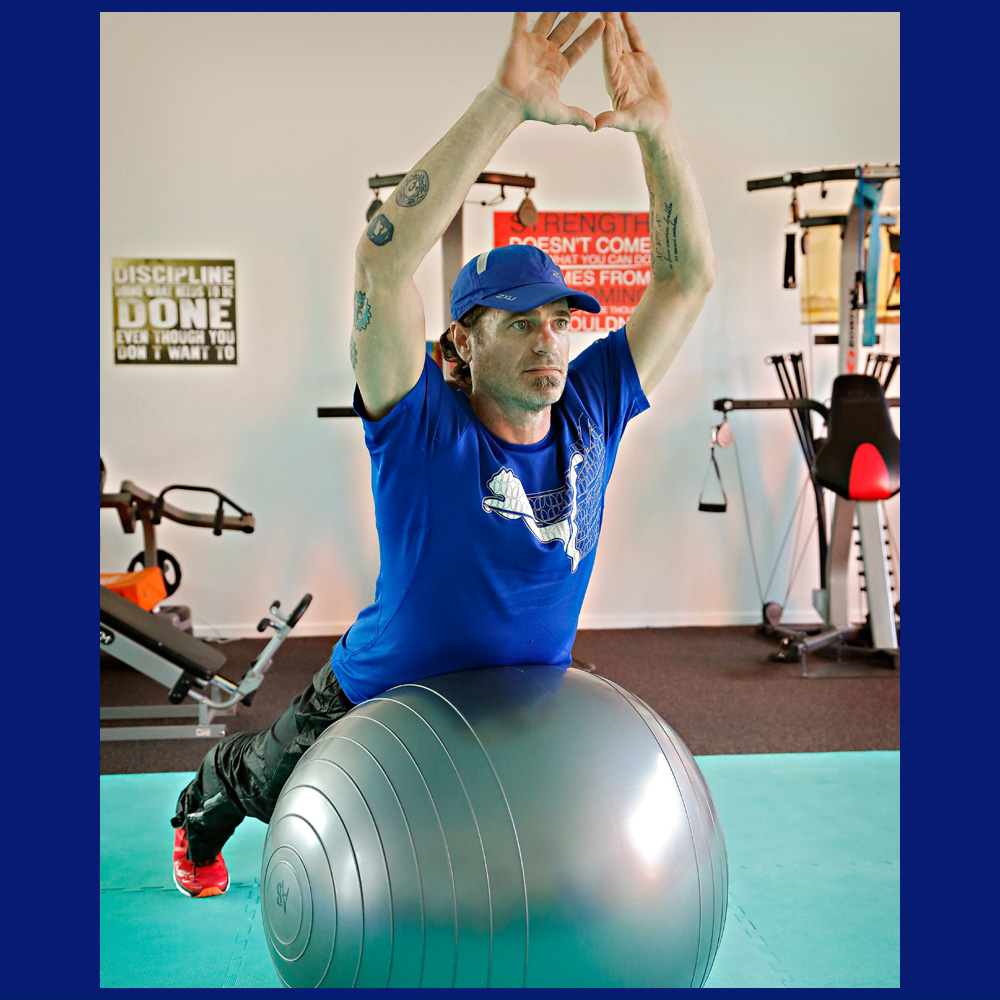
Cognitive & Physical Performance
How Nasal Breathing Improves Cognitive & Physical Performance Let’s talk about something that has the potential to transform both our cognitive and physical performance: slow, deep nasal breathing. As someone who’s deeply passionate about optimizing both mind and body, I’ve


